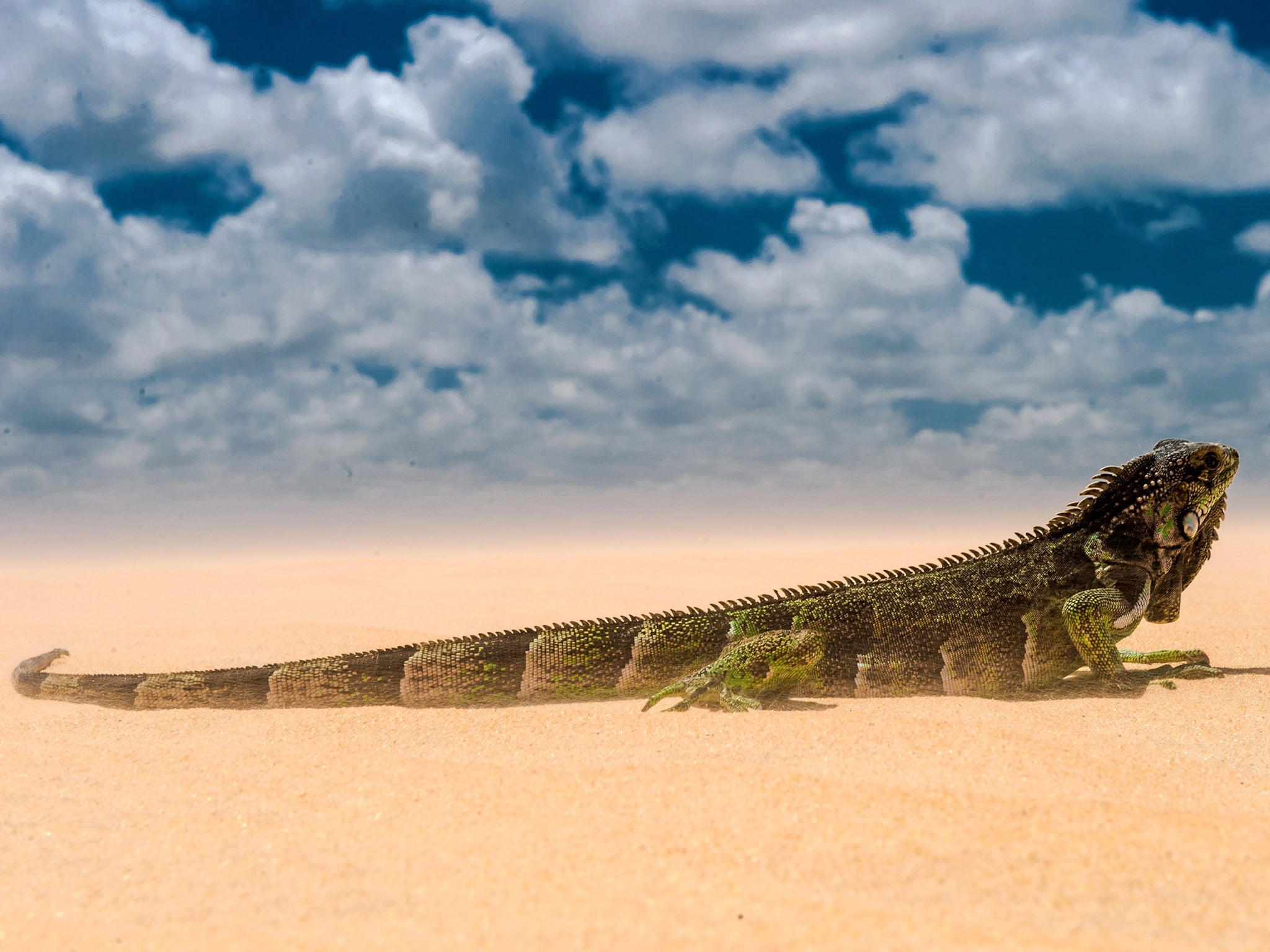Scientists discover how lizards regrow tails
Breakthrough could help muscle and nerve regeneration in humans

Your support helps us to tell the story
From reproductive rights to climate change to Big Tech, The Independent is on the ground when the story is developing. Whether it's investigating the financials of Elon Musk's pro-Trump PAC or producing our latest documentary, 'The A Word', which shines a light on the American women fighting for reproductive rights, we know how important it is to parse out the facts from the messaging.
At such a critical moment in US history, we need reporters on the ground. Your donation allows us to keep sending journalists to speak to both sides of the story.
The Independent is trusted by Americans across the entire political spectrum. And unlike many other quality news outlets, we choose not to lock Americans out of our reporting and analysis with paywalls. We believe quality journalism should be available to everyone, paid for by those who can afford it.
Your support makes all the difference.Understanding how lizards shed and regrow their tails could lead to muscle and nerve regeneration in humans, say scientists.
Researchers have identified a genetic programme that triggers new tissue growth after a lizard sacrifices its tail to escape a predator.
Cutting-edge gene sequencing technology was used to study the process in the green anole lizard.
US scientist Professor Kenro Kusumi, from Arizona State University, said: “Lizards basically share the same toolbox of genes as humans.
“Lizards are the most closely related animals to humans that can regenerate entire appendages. We discovered that they turn on at least 326 genes in specific regions of the regenerating tail, including genes involved in embryonic development, response to hormonal signals and wound-healing.”
A number of other animals, including salamanders, tadpoles and fish, can also regenerate tails.
But lizards were found to have a unique pattern of tissue growth that is distributed throughout the tail.
Join our commenting forum
Join thought-provoking conversations, follow other Independent readers and see their replies
Comments